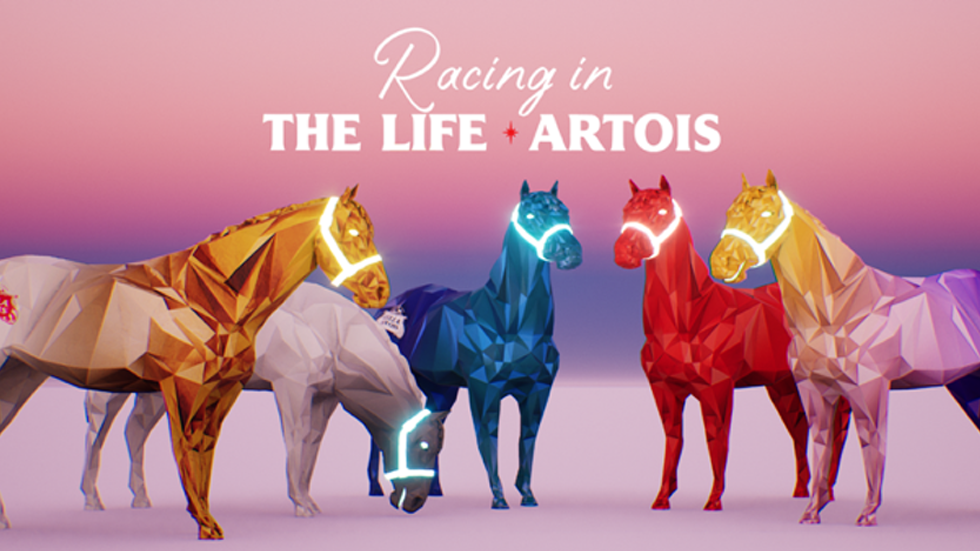Budweiser have recently pivoted from alcohol to art with the purchase of its first non-fungible token artworks (NFTs). The pieces, created by artist Tom Sachs, were displayed as the profile picture on Budweiser’s Twitter account, and were an ‘entry point’ for the brand into the world of digital art collecting.
Stella Artois has also become the first FMCG brand to enter the metaverse in June, teaming up with blockchain gaming platform Zed Run to auction off 50 digital skins for a virtual horse racing competition. Coinciding with the busiest part of the UK’s summer racing season, the racehorses were auctioned off giving racing fanatics a chance to collect, trade, race, and even put the ‘thoroughbreds’ to stud, all in the ZED RUN metaverse which is built on the Ethereum blockchain.
AB InBev, the multinational brewer behind Budweiser and Stella Artois, is one of the world’s largest sponsors of sport, media and entertainment. This innovation and evolution into new technologies like the metaverse is bringing the brand into a new world of entertainment where people socialise.
AB InBev has identified an opportunity for brands to explore the metaverse, to explore how they can leverage NFTs and to build more loyal and engaged communities around products.
AB InBev is predicting activations within the metaverse that may soon parallel traditional marketing options like advertising, sponsorships, experiential marketing, direct-to-consumer e-commerce. Leading the global innovation, AB InBev is making a bold investment to break into new technology.
The metaverse, digital art collecting and blockchain are complex concepts for most of us to comprehend let alone how brands can capitalise by entering them. AB InBev illustrates why brands must continue to experiment and innovate to ensure they remain relevant, engaging and topical as technology rapidly evolves and developments that may puzzle older generations become familiar to new, younger audiences.

